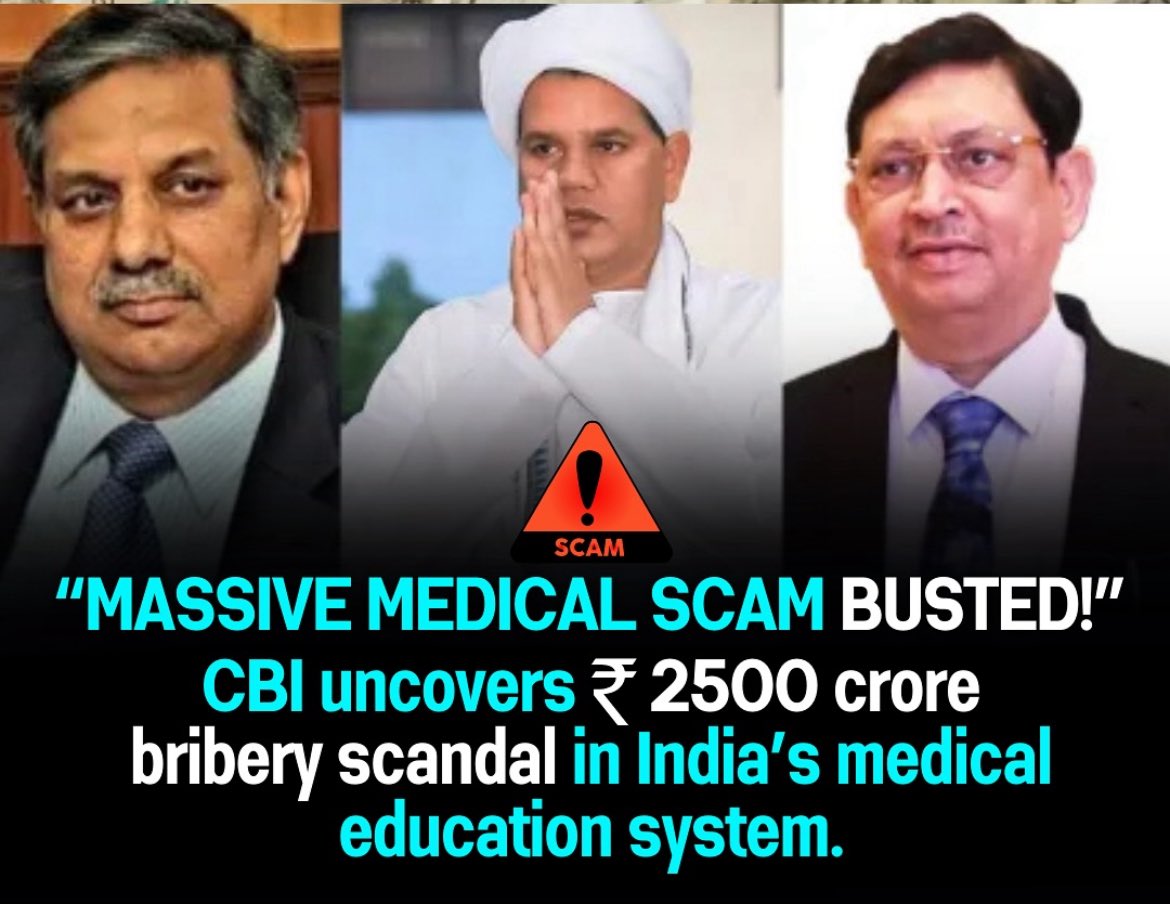Investors’ 8 most common behavioral biases:
~Confirmation Bias
~Optimism Bias
~Loss Aversion
~Self-Serving Bias
~The Planning Fallacy
~Choice Paralysis
~Herding
~Recency Bias
#BehavioralFinance
~Confirmation Bias
~Optimism Bias
~Loss Aversion
~Self-Serving Bias
~The Planning Fallacy
~Choice Paralysis
~Herding
~Recency Bias
#BehavioralFinance
~Confirmation Bias: Confirmation bias is the tendency to process information by looking for, or interpreting, information that is consistent with investor’s existing beliefs. E.g. An investor thinks that one can buy growth stocks at any prices so he searches articles of.....
‘buy growth stocks at any price’ and then confirms his belief with documentary evidences.
~Optimism Bias: Optimism bias is a bias that causes investors to believe that they themselves are less likely to experience a negative event. E.g. one believes that the stock market.......
~Optimism Bias: Optimism bias is a bias that causes investors to believe that they themselves are less likely to experience a negative event. E.g. one believes that the stock market.......
is now very strong and will never fall in future.
~Loss Aversion: Loss aversion causes investors to hold on to loss making stocks or funds for very long period. They refuse to sell a stock or fund at a loss and can hold on it for long periods of time even if there are.......
~Loss Aversion: Loss aversion causes investors to hold on to loss making stocks or funds for very long period. They refuse to sell a stock or fund at a loss and can hold on it for long periods of time even if there are.......
better alternative investment options available. E.g. I am still holding Lanco infra as I couldn’t sell because of loss aversion.
~Self-Serving Bias: A self-serving bias is the common habit of a person taking credit for positive events or outcomes, but blaming outside.......
~Self-Serving Bias: A self-serving bias is the common habit of a person taking credit for positive events or outcomes, but blaming outside.......
factors for negative events. E.g. If I make a profit in a junk stock then I take credit but if I make a loss then still I believe that I am good at choosing junk stocks and the loss I made was due to some other factors.
~The Planning Fallacy: It is the tendency to be overoptimistic in planning. E.g. when you plan to buy a house, you might tend to overlook costs of furniture, consumer appliances, wardrobes etc. and you might end paying more for the house than you had planned for.
~Choice Paralysis: It refers to a situation in which an individual is unable to move forward with a decision as a result of overanalysing data or overthinking a problem. The inaction it causes can easily lead to losses in a portfolio or missed chances at larger profits.
~Herding: It is the phenomenon where investors follow what they perceive other investors are doing, rather than their own analysis. E.g. Investors apply in an IPO just because it is largely oversubscribed.
~Recency Bias: Investors tend to give more importance to short term performance compared to long term performance. E.g. an investor invests Rs 10,000 in a good stock. After 2 years the market value of his investment grows to Rs 20000. Then in the last 2 months, the value......
falls to Rs 17000. The investor may look at his investment performance of as a loss of Rs 3000 in 2 months and not an overall profit of Rs 7000 in 2 yrs. Investors often stay away from equities when market has fallen sharply when on the contrary, they should be investing.....
because they can buy further at attractive prices.
-----END-----
-----END-----
Anchoring bias: It is the tendency to come to a decision based on the first bit of information. People often take decisions based on the first piece of info they receive and stick to it like anything. No matter how hard you try to convince them, nothing can change their opinion.
Hindsight bias: It is the tendency to to look back at an unpredictable event (retrospectively) and think it was easily predictable. In simple words it's like: 'I knew it was going to happen'. So next time it causes overconfidence in one's ability to predict other future events.
• • •
Missing some Tweet in this thread? You can try to
force a refresh





